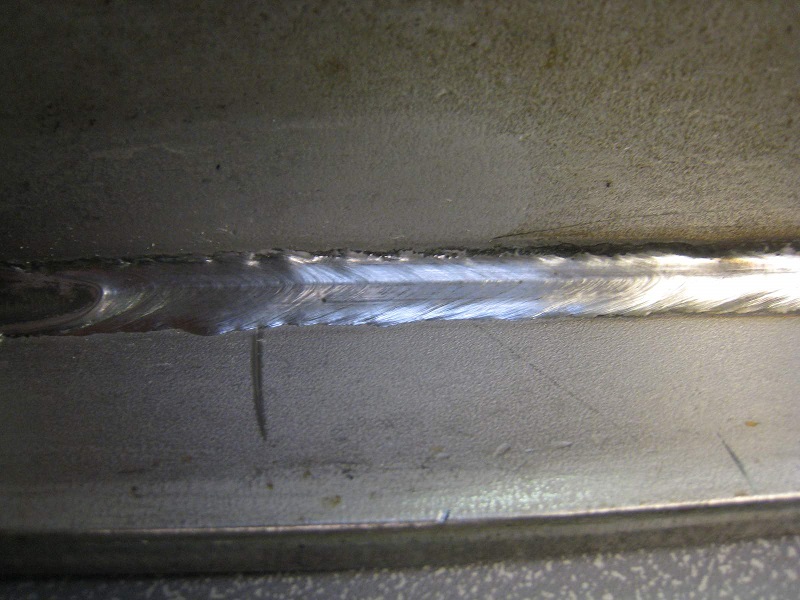Ed has a number of interesting points, as well as some odd comments. One of my favorites is below:
"... In the welding industry, there has never been a need for any MIG gas mix that contains oxygen, however their has always been a great need for industrial gas companies to sell their abundant, low cost supply of oxygen..."
As many may know, there is virtually no way for anyone to make a business case for "selling oxygen" by adding it to shielding gas. If we assume all welding mixes could contain 5% oxygen, and a typical bottle holds 300 SCF, the the oxygen per cylinder is 15 SCF. Then lets say 5 million bottles of this mix are sold every year, which is probably a huge exaggeration. Now you have 75,000,000 SCF of oxygen. At 24,160 SCF per ton, you end up with 3104 tons of oxygen per year. A single air separation plant of reasonable size will make 250 tons of O2 per day, which would indicate that this ridiculous number of cylinders would only require 12.4 DAYS of oxygen production from a single plant. There are probably well over 100 plants in the US, and many are larger than 250 tons oxygen capacity.
Regarding SS tri-mix,
There seem to be certain applications where good wetting, low heat input, and bead appearance (minimum post-weld cleanup) where nothing will perform just like the 90%He mixes. Are there many applications where the 2% CO2 work just fine? Of course there are. Are some shops using tri-mix when 2% is all they need? Absolutely. Are there power supplies that can make the 2%CO2 work very much like the 90% He? No question.
Does every single welding operation involving SS and short-circuit transfer have the ability to use the 2% or more advanced power supplies to get the best overall results? Probably not.










